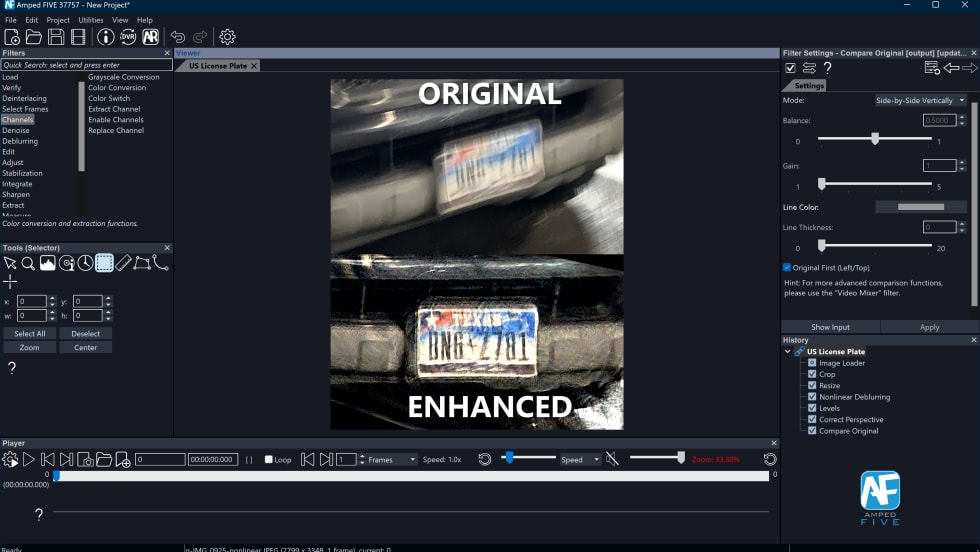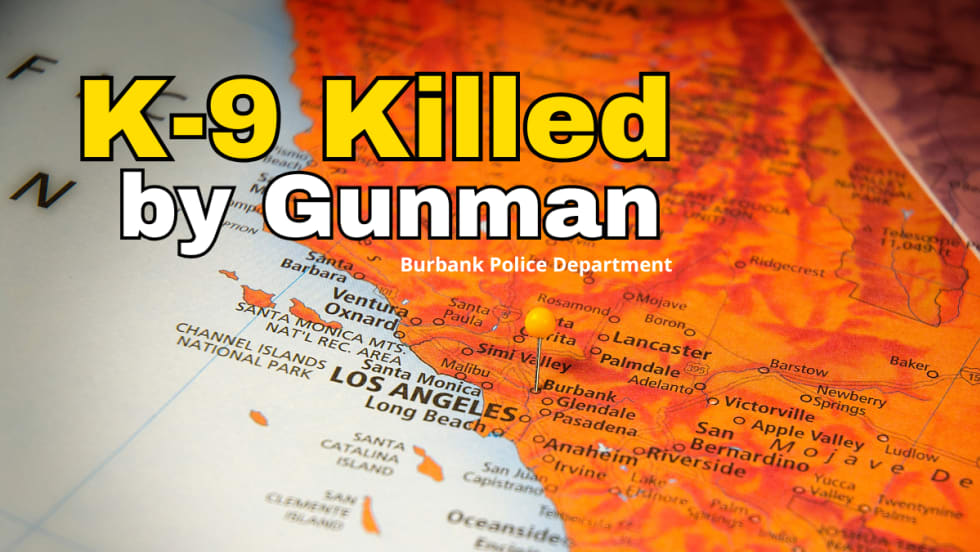
Today the National Law Enforcement Officers Memorial Fund released the roll call of names of 252 U.S. law enforcement officers who have died in the line of duty. These names will be engraved next month and formally dedicated at the 28th annual Candlelight Vigil held on the National Mall (between 4th and 7th streets) on Friday, May 13th at 8:00 pm.
Included in this list are the names of 123 officers who were killed in the line of duty in 2015 and 129 officers who were killed in prior years but had been forgotten by time until the Memorial Fund's research staff and a team of dedicated volunteers found record of their law enforcement service. When the addition of these 252 names is completed in late April, the National Law Enforcement Officers Memorial will bear the names of 20,789 officers representing all 50 states, the District of Columbia, U.S. territories, federal law enforcement, and military police agencies—all who have made the ultimate sacrifice in our nation's history.












